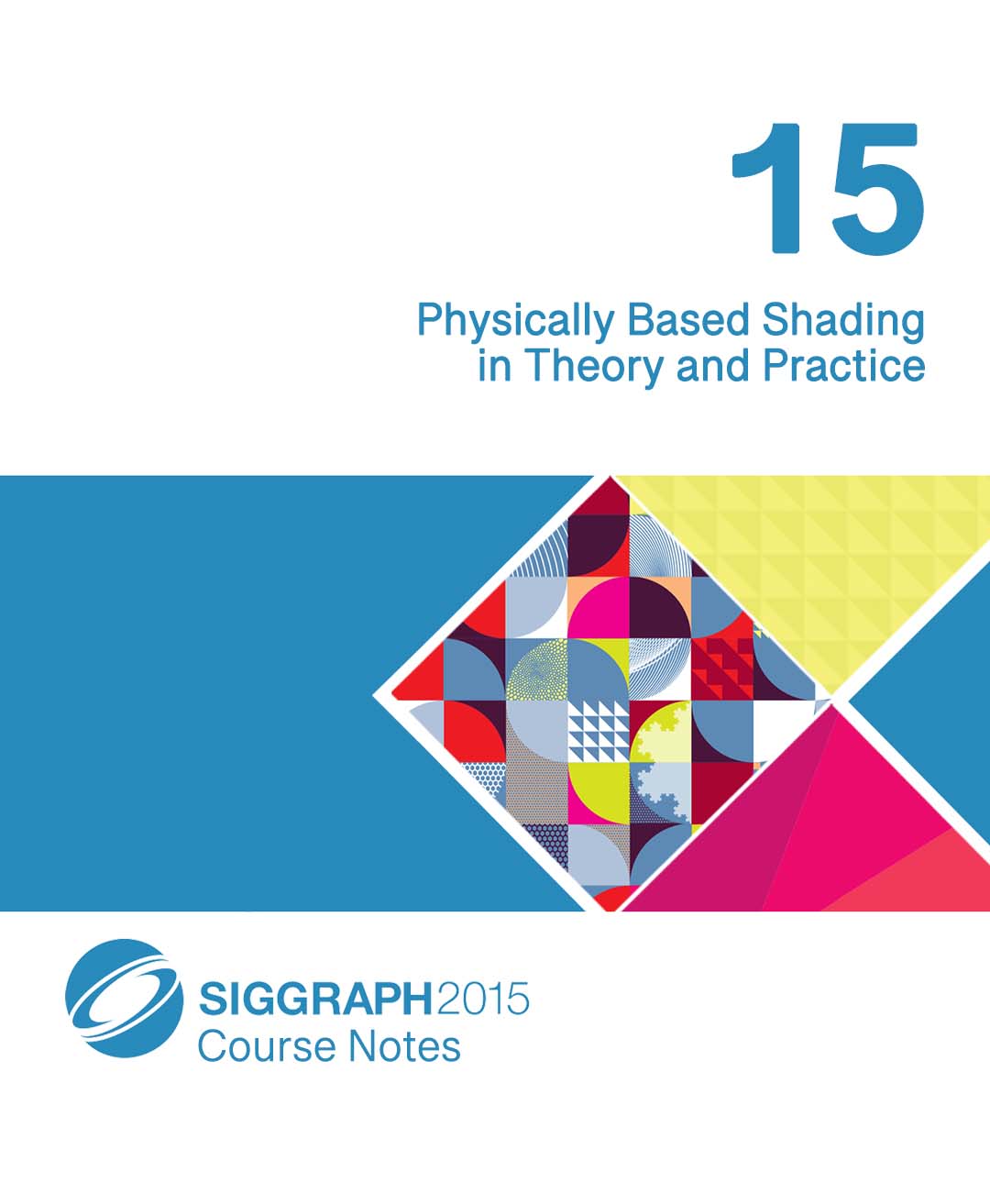“Physically Based Shading in Theory and Practice” by McAuley, Hill, Jakob, Hoffman, Neubelt, et al. …
Conference:
Type(s):
Entry Number: 15
Title:
- Physically Based Shading in Theory and Practice
Organizer(s):
Presenter(s)/Author(s):
Abstract:
Prerequisites
An understanding of shading models and their use in film or game production.
Who Should Attend
Programmers and technical directors in the film and game industries, plus interested parties from academia who want to learn how their materials are used in production.
Description
Physically based shading is increasingly important in both film and game production. By adhering to physically based, energy-conserving shading models, producers can easily create high-quality, realistic materials that maintain exceptional performance under a variety of lighting environments. Traditional “ad-hoc” models require extensive tweaking to achieve the same result, so it is no surprise that physically based models are more accepted in film and game production, particularly as they are often no more difficult to implement or evaluate.
This course begins with a brief introduction to the physics and mathematics of shading, before it explores the advantages and disadvantage of some significant new research in the field. After laying the groundwork, speakers from film and game studios share examples of how physically based shading models are used in production. Real-world examples are featured throughout the course.





